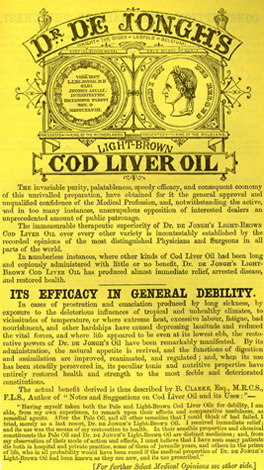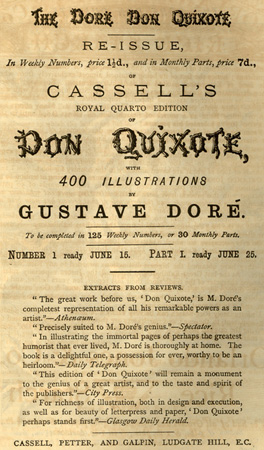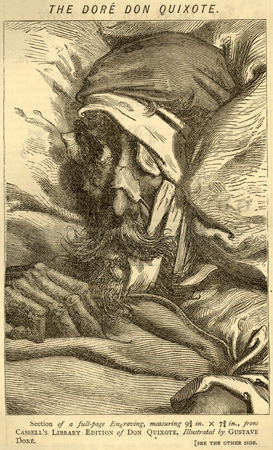By Kevin Grace
 Part of Charles Dickens’ immense success as an author in the 19th century was due in no small measure to the changes in book production and readership brought on by the Industrial Revolution. Steam printing increased book production. Cheap availability of books, along with the development of libraries and public schooling, led to increased readership. Coming into his own in writing his novels, Dickens took advantage of a growing demand on the part of readers for fiction. And, as the consummate marketer of his works, Dickens had his finger on the pulse of all of this.
Part of Charles Dickens’ immense success as an author in the 19th century was due in no small measure to the changes in book production and readership brought on by the Industrial Revolution. Steam printing increased book production. Cheap availability of books, along with the development of libraries and public schooling, led to increased readership. Coming into his own in writing his novels, Dickens took advantage of a growing demand on the part of readers for fiction. And, as the consummate marketer of his works, Dickens had his finger on the pulse of all of this.
By 1836, he had compiled his writings that formed Sketches by Boz into a single volume, realizing that he could build his popularity and create a market for his fiction by publishing serial chapters. The next year, 1837, Dickens became the editor for Bentley’s Miscellany and began issuing chapters of Oliver Twist. Acutely aware of his reputation and the acclaim given him by the reading public, Dickens made at least four separate arrangements with publishers to serialize his work. The considerable success of Oliver Twist led him to publish the finished novel  in three volumes at the same time the chapters continued in monthly form, and within a year of its publication in 1838, three stage versions were produced in London.
in three volumes at the same time the chapters continued in monthly form, and within a year of its publication in 1838, three stage versions were produced in London.
By serializing his work, Dickens opened the minds of readers to the concept of the modern magazine – stories and sketches, illustrations, and advertisements. As these illustrations show, Dickens used the monthlies to promote his own work as well as to carry advertisements for forthcoming books from other publishers, and, to market the common products of the day. The green wrappers of the monthly installments found an avid audience, and were greatly anticipated both in  Britain and across the Atlantic in the United States. It is even said that Dickens’ popularity was such that when word was spread that a ship about to dock was carrying the latest chapter of one of his novels, crowds would gather on the pier.
Britain and across the Atlantic in the United States. It is even said that Dickens’ popularity was such that when word was spread that a ship about to dock was carrying the latest chapter of one of his novels, crowds would gather on the pier.
Still carrying on in this fashion in 1870, Charles Dickens had issued six parts of The Mystery of Edwin Drood, the novel unfinished at his death.
A gentle reminder: Thursday, February 23, our monthly “50 Minutes – 1 Book” lunchtime talk from 12-12:50 in 814 Blegen Library will feature Oliver Twist, Dickens’ novel of young Oliver, the scheming Fagin, and the streetwise Artful Dodger. For more information on Dickens volumes in the Archives & Rare Books Library, please refer to: http://uclid.uc.edu/search~S18?/adickens%2C+charles/adickens+charles/1%2C3%2C144%2CB/exact&FF=adickens+charles+1812+1870&1%2C141%2C, and for information about the Archives & Rare Books Library and its collections, call 513.556.1959, email archives@ucmail.uc.edu, or visit the website, www.libraries.uc.edu/libraries/arb/archives.


